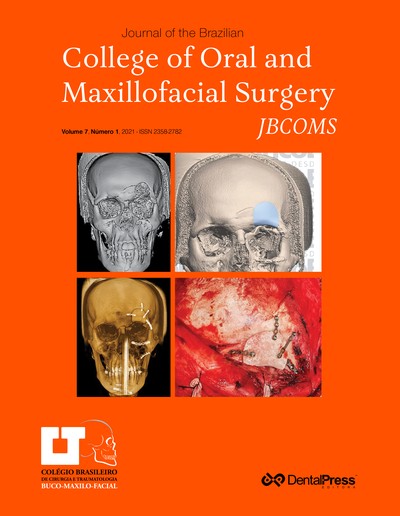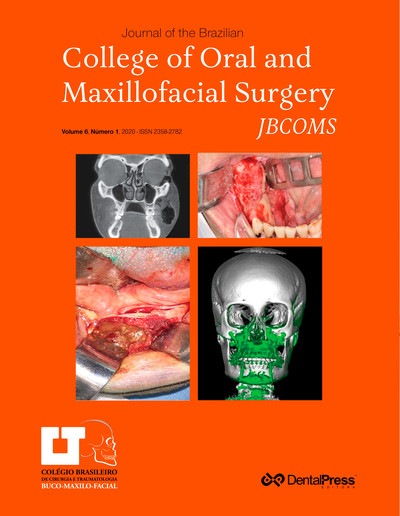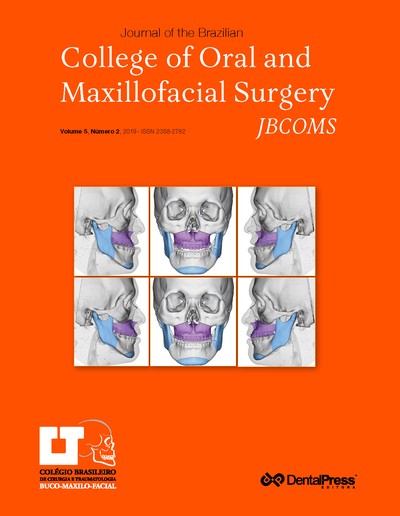
Bacterial adherence to silk and nylon sutures
LAUANE ALVES, ANA BARBARA POLO, NEUZA MARIA SOUZA PICORELLI ASSIS, BRENO NOGUEIRA SILVA, ANA CAROLINA MORAIS APOLÔNIO, MATHEUS FURTADO DE CARVALHO
Introduction: Suture threads are important substrates for microbial adhesion in oral surgeries. It was proposed to compare bacterial adhesion in silk and nylon sutures when impregnated or not with an antiseptic ointment based on iodoform and marigold. Methods: A prospective, randomized, double-blind, divided mouth trial was conducted. After extractions in one of the hemiarchs, a simple suture was performed with the nylon thread (group A) and another simple suture with the silk thread (group B) impregnated with the antiseptic ointment. At the same surgical moment, extractions were performed in the contralateral hemiarch and simple suture with nylon thread (group C) and silk thread (group D) without antiseptic ointment. The Student’s t-test compared the means of colony-forming units (CFUs), while the Friedman test analyzed the distribution of bacterial adhesion in each group. Results: The average of bacterial adhesion was higher in silk suture with antiseptic ointment (M = 5.7288log/CFU/mL) and lower in nylon suture without ointment (M = 4.0587log/ CFU/mL). Conclusion: Despite the antiseptic composition of the ointment, it is noted that its impregnation, both with silk thread and nylon thread, did not reduce bacterial adhesion in the sutures.
Keywords: Colony count. Microbial. Sutures. Surgery, oral.
How to cite: Alves L, Polo AB, Assis NMSP, Silva BN, Apolônio ACM, de-Carvalho MF. Bacterial adherence to silk and nylon sutures. J Braz Coll Oral Maxillofac Surg. 2021 Jan-Apr;7(1):38-42.
Monday, May 13, 2024 17:18










